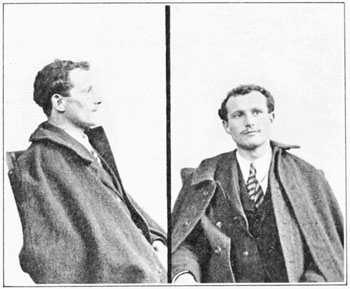In this section, you will learn how to begin the process. You will eventually use different colors to denote different parts of the editing process. When you do this strategy on your own, you will use highlighting markers (if you do the exercise on a hard copy) or the highlighting function of your computer (if you do the exercise on-screen).
For your first look at this editing strategy, the focus of this lesson is limited to these writing conventions: subject-verb agreement, capitalization, punctuation, and spelling.
Subject-Verb Agreement
Let’s begin with subject-verb agreement by reviewing some of the basic rules at this link. You might even want to take the quizzes to refresh your knowledge of subject-verb agreement.
Now let's read the following passage:

Source: PSM V83 D322 Alpine italian immigrant, Wikimedia
My grandfather Sal Gallo came to America from Italy in 1921 along with many other immigrants. In those days, an immigrant would have to look hard to find a job. Each of the immigrants were often quizzed about life in the old country. Many were ultimately turned away by businesses. Sal was lucky; he worked for a time in the P&R Spaghetti Factory before moving to Detroit. For over thirty years, he worked in a foundry there that made pumps; he knocked together wooden patterns for the iron castings that housed the pumps. In that time, the business of making pumps were important to the overall economy, but the foundry itself was like a scene out of a horror movie. Today each of the pumps are considered a collector’s items.
You might have noticed some things that didn’t look or sound quite right. Let’s see if you can correct the instances where there is no subject-verb agreement.
Read the story again and choose the correct verb tense from each drop-down menu.
